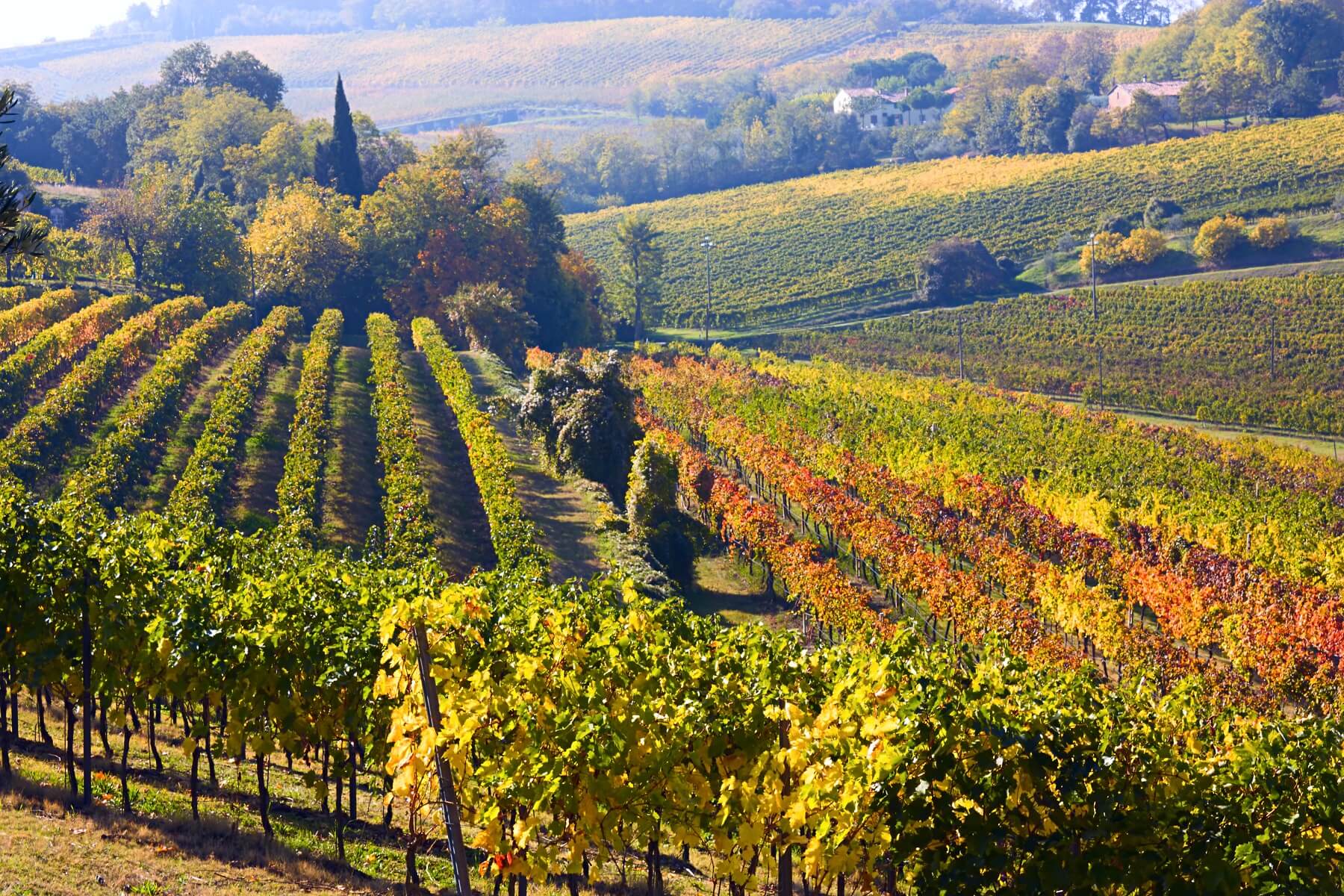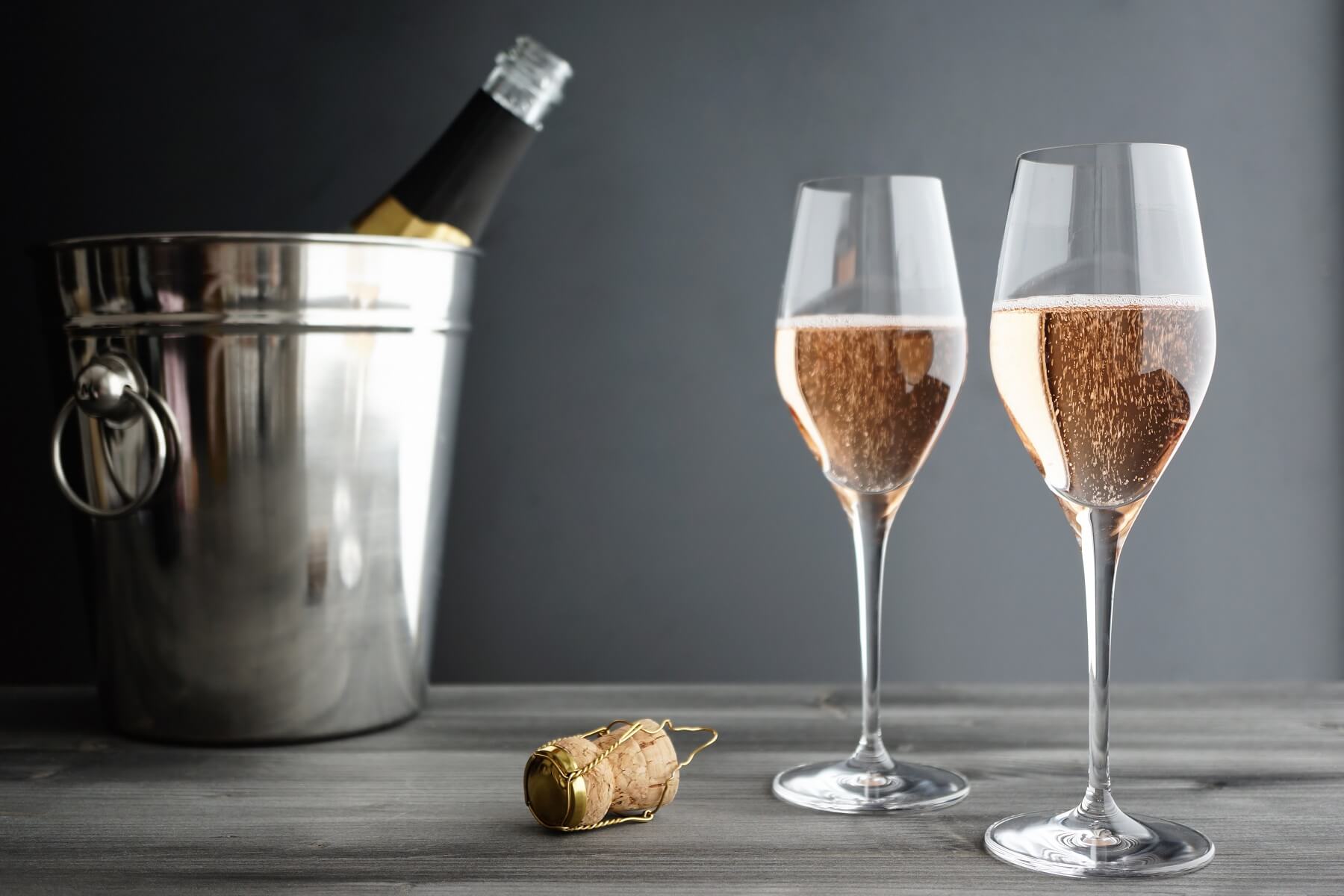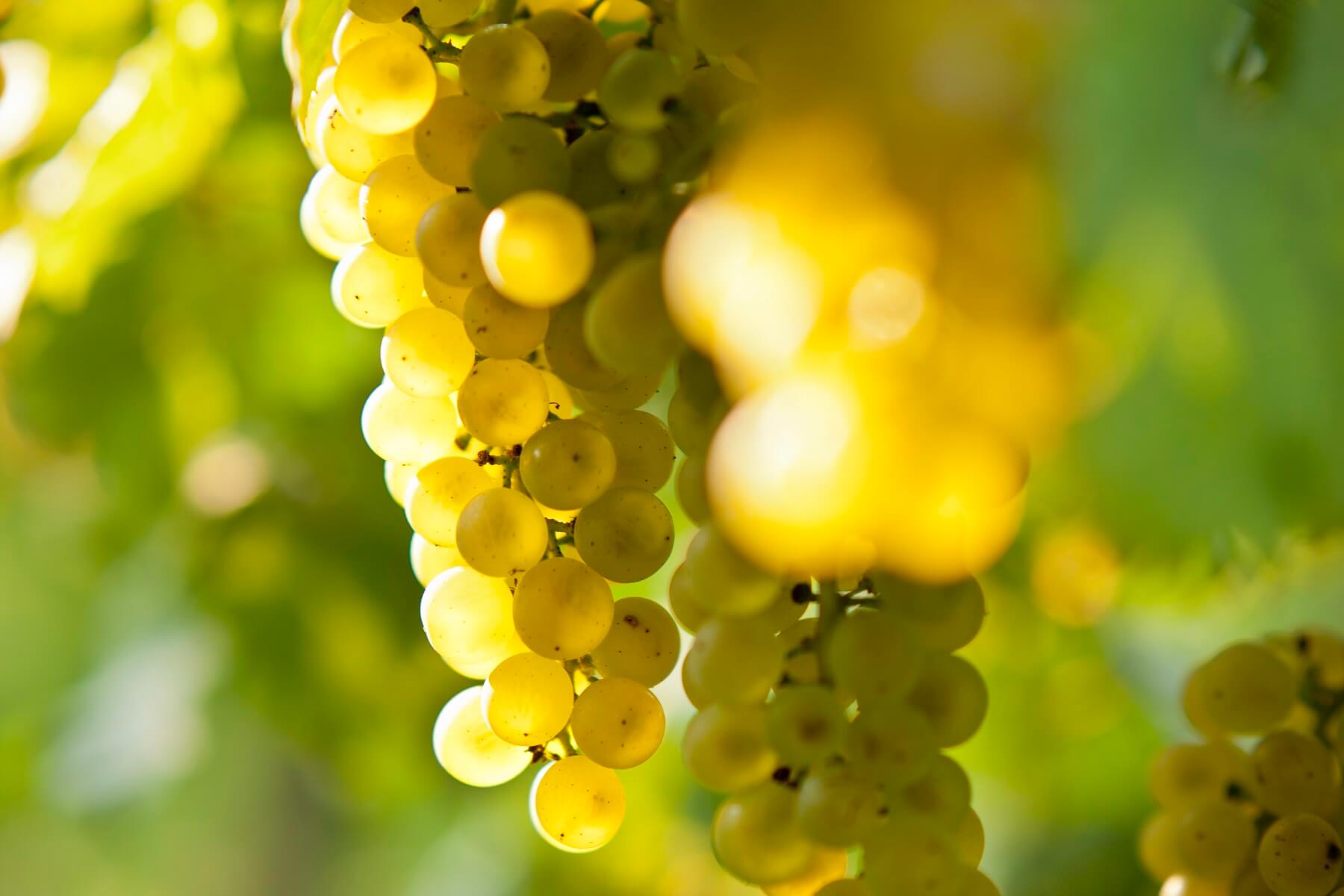

So lets get started and go through some of the wonderful types of bubbly delights...
When I was younger, sparkling wines were only ever seen or mentioned in the same breath as some momentous celebration, or on some particularly special day. My sister and I would crack open a bottle of fizz on Christmas morning, corks would fly when moving house, or in relation to exam results, graduation ceremonies, birthdays and anniversaries.
These bottles were bought well in advance, and saved exclusively for moments which required a cheer and a sense of occasion. And they were almost exclusively only bottles of Champagne...
Now, as an adult, I drink sparkling wine quite regularly. I haven't become a millionaire. Far from it, I'm suffering from the housing affordability crisis as much as the next young(ish) Aussie. I simply know what I like, what to look for in order to enjoy it on a budget and most importantly I'm open to the world of sparkling wines outside of once all important 'Champagne'.
So lets get started and go through some of the wonderful types of bubbly delights...

Cremant
If you’re looking for classy, elegant and utterly delicious traditional French sparkling wine, you need to get into Cremant. Even some of the finest examples will come in at a fraction of the price of an equivalent Champagne, and there’s plenty more in a Cremant when it comes to variation and interesting features.
The main varieties of this beautiful fizzy wine are Cremant d’Alsace (an absolute favourite of mine), Cremant de Borgogne, Cremant de Jura and Cremant de Loire, and each is made from a different blend of grape varietals local to the region.
As such, the Alsace varietal will typically use Pinot Gris or Gewurztraminer, whereas in the Loire it will generally be Chenin Blanc. Made according to the same methods as Champagne, this is a refined, sophisticated yet laid back set of wines which is divine when served with all sorts of food.
Prosecco
Prosecco has been big news for the past decade, as the world discovered that alternatives to Champagne could be great value and just as fun. Whether it has peaked and is on the way out is open to debate, but there is no doubt that this Italian fizz has opened the doors for many, many other sparkling wines.
Prosecco is made in a very different way to Champagne, and is not aged ‘sur lie’ (‘on the yeast’), so has a simpler, cleaner, fruitier flavour most typically associated with white flowers and apples and pears.

Cava
Thanks to plenty of tightening in the laws in Spain, which dictate who can make Cava and in what way, the quality and reliability of this sparkling wine has increased a thousandfold over the past couple of decades.
Made according to the same principles as Champagne, and often cave-aged for far longer, it’s a wine which is starting to really impress. Made mainly from Xarello and Macabeo grapes, it is a real treat on a hot day and makes for a great aperitif.
Lambrusco
If you listen to the gossip in the wine world, 2017 might well be the year Lambrusco breaks out into the mainstream. This sparkling red wine from Emilia-Romagna in Italy is mild and occasionally off-dry, and is about as good as it gets when served with a mighty platter of cured Italian meats and charcuterie.
If you live near hipsterland and frequent bars in Fitzroy, Darlinghurst, or Newtown you’re probably already well versed with Lambrusco and are busy telling everyone how you liked it before it was cool.

Sekt
This is an umbrella term for German (and some Austrian) sparkling wines. These had a terrible reputation in the 80s, but anyone who is still misjudging German white wines is about as out of touch as you can be. Modern German sparkling Riesling wines can be utterly phenomenal, and build upon all that crisp, mineral clarity that this grape does so well, with plenty of refined bubbles and sharpness.
Moscato
Another oncoming wine trend, Moscato wines tend to be rose, and while the cheap examples are more than a little sickly, the better end of the market is absolutely delicious. Although the wine style hails from Asti in Italy, the best examples nowadays are coming out of Australia, where their lightness of touch of heady sweetness makes them superb aperitifs and surprisingly brilliant matches for salty food.

Slightly Sparkling Wine
This definition deserves an article of its own, really. Slightly sparkling wines are those wines which, instead of having the ferocity and explosive fizziness of a Champagne, have a far gentler set of bubbles which make them a joy to drink on a hot day.
Perhaps the finest example in the world is Vinho Verde, the famed ‘green wine’ of Portugal, which, if you’ve ever sat on a scorching Lisbon terrace with a plateful of barbequed sardines, you’ll agree is possibly the best al-fresco food-pairing wine on earth.
The others…
Almost every wine producing nation on earth makes a sparkling wine. They aren’t all great, by any means - sparkling wines tend to work best coming from cooler, greener regions which allow the acids to do their work in the bottle. Some of the best at the moment are coming from New York state in the US, and Tasmania much closer to home, and - much to the chagrin of the French - England, which is making a seriously impressive set of sparkling wines for the first time ever, from a blend of native and imported grape varietals.
Have a chat with your local wine store, and get exploring… there’s nothing wrong with a good bottle of Champagne, but there’s a whole world of fascinating fizz out there, just waiting for you to discover it!
Now that you have wrapped your head around the different types of sparkling wines, it's time to take our wine palate quiz and we'll choose the top 3 wines for your palate?
Click here: to take our Wine Palate Quiz and match your personal tastes to the three bottles we think you'll love most.
Do you know your wine personality? If your answer is no, take our quiz to find out which wines to pick up next and build your box!
Build my box






